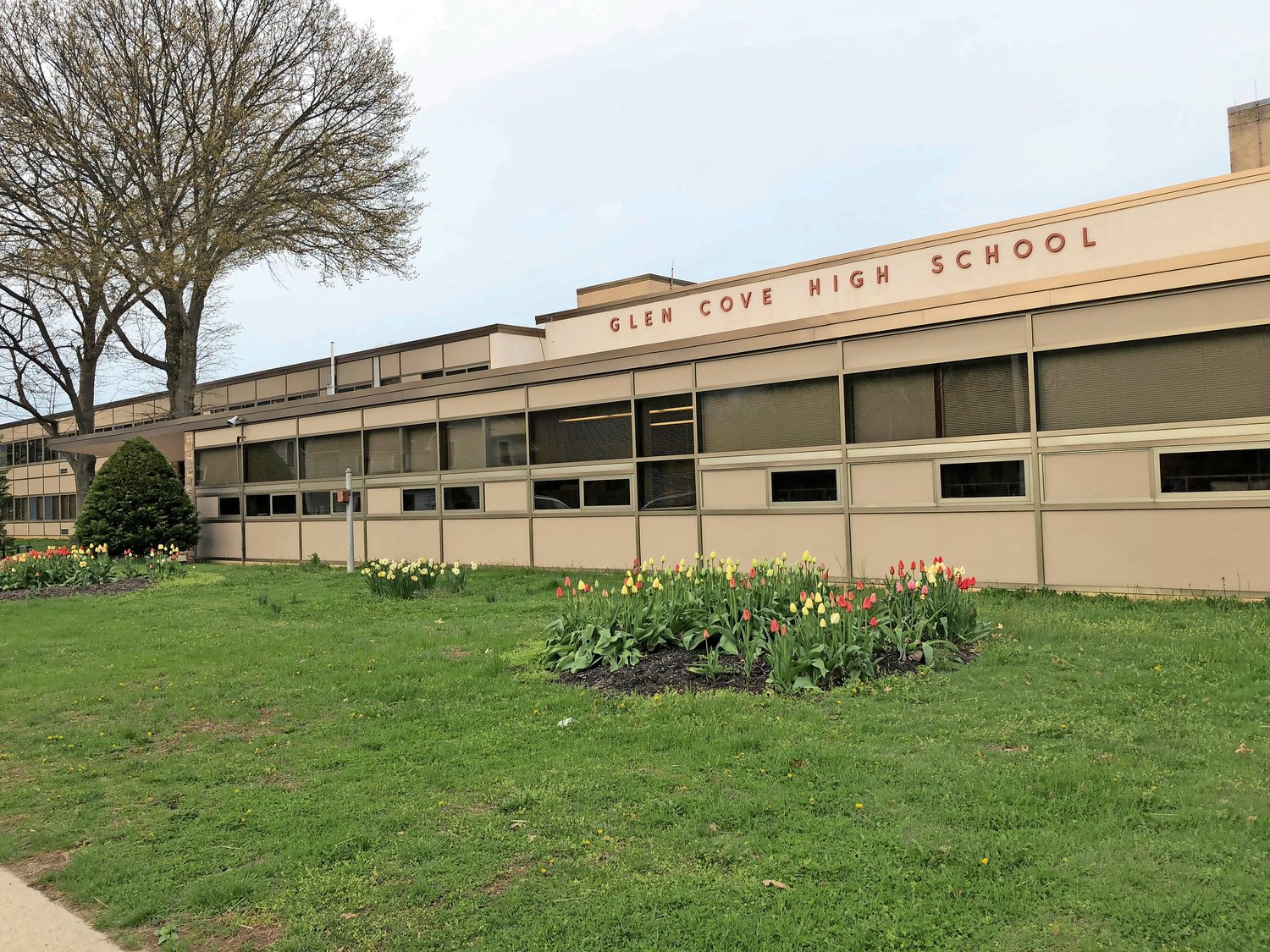Budget reflects an infrastructure upgrade
Voters will cast their ballots on May 21 to decide the fate of the district’s $113 million budget. But financial planning isn’t just about numbers; it’s about ensuring the education and safety of its 3,000 students across its six schools.
Three propositions were discussed at the Board of Education budget hearing on May 8. One advocates for the establishment of a new capital reserve dedicated to facilities, security and technology, with a maximum allocation of $30 million. The term is being proposed for 15 years and the suggestion is to transfer up to $8.5 million from surplus funds into this reserve to kickstart its initiatives.
Another proposition seeks to allocate $9 million from the existing capitol reserve for critical infrastructure projects like the extensions at Deasy and Landing schools, classroom construction and furniture, as well as enhancing parking lots. Thayer House will also see new ramps to comply with standards set by the Americans with Disabilities Act, and repairs and upgrades to the roof, siding, shutters, gutters, and exterior doors. The last proposition, the annual budget, was straightforward, aiming to sustain educational programs while staying within the tax levy limit of 2.7 percent.
The Consumer Price Index, which measures the costs of goods and services over a period, is what drives the allowable levy growth factor for the budget at 2 percent. One of the main sources of revenue for school district budgets, the levy helps fund the appropriation budget.
“Budgets establish your tax levy, not your tax rate for the community,” Victoria Galante, the district’s assistant superintendent for business and finances, explained during a previous budget presentation in January. “Tax rate includes your assessed value and things like that. This just establishes one part of that formula that the city uses to come up with your taxes.”
There are significant boosts in key areas within the program component. Notably, there’s a substantial emphasis on special education, evident in the roughly $1,4 million increase allocated to teaching, and a noteworthy investment in regular school teaching programs, with a roughly $458,000 rise. Moreover, there’s a marked uptick in health insurance expenses, reflecting a roughly $1,2 million increase in health insurance, addressing the escalating costs associated with staff healthcare benefits.
Special school programs also receive increased funding, illustrated by a $341,000 increase, alongside a bolstering of guidance services, with a roughly $47,000 increase. These enhancements underscore the district’s commitment to enriching educational offerings, supporting staff, and catering to the diverse needs of its student body.
The largest line in the program budget is teaching-regular school, mounting to over 31 million. It includes teacher, teacher aids, and monitor salaries as well as educational supplies. The teaching special education line is roughly $22.2 million, which includes salaries and educational supplies as well as tuition for special education schools, contractual services, and BOCES. Occupational education is more than 1 million as more students are taking advantage of career training programs. The teaching special education line of $551,000 is an increase of $341,000 from the current year. This would include summer programs and a GED program offered by BOCES, which was previously funded by federal stimulus money.
The estimated revenue budget for payments in lieu of taxes witnessed a notable decrease, while other revenue streams experienced varied shifts. PILOTs, a type of subsidy used for economic development that allow beneficiaries to make payments that resemble property taxes for a set period of years but are lower than property taxes, declined by approximately 30.7 percent. Conversely, revenue from tax on consumer utility bills rose by around 15.4 percent. Interest and earnings surged significantly, marking an increase of over 388 percent, now standing at $500,000 compared to the previous period.
BOE President Maria Elena Venuto said Galante’s presentation highlighted the value of the district to have reserves, especially considering the payment pause in the Garvies Point PILOT payments this year, which began in 2019.







